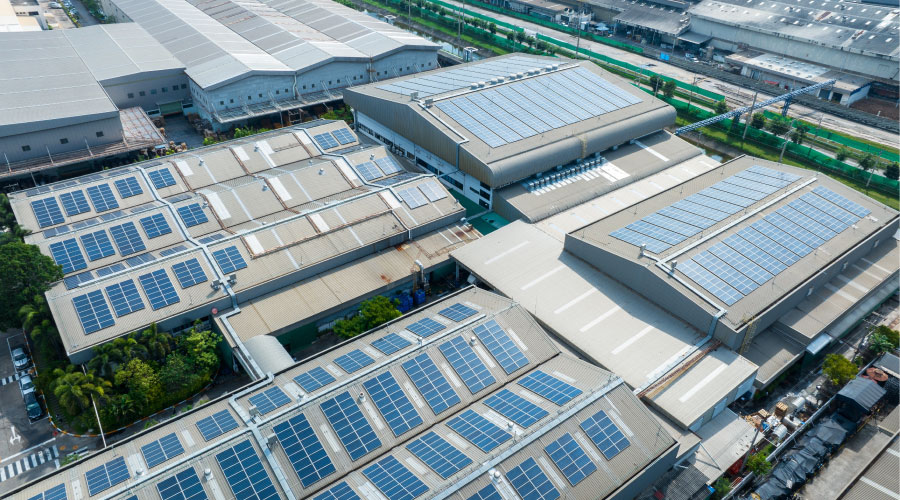Different Levels of Energy Audit
What are the different levels of energy audit, and how should facility managers identify the level that’s best suited for their needs?
Energy Audits come in several flavors:
ASHRAE has definitions for a Level One and Level Two. Energy Ace has added to that a Level Zero. Level Zero is a “walk-through” energy audit and it literally just that – a walk-through. It’s inexpensive and facility managers can get good energy ideas from a walkthrough audit, but will receive no analysis, cost estimates, or savings estimates – just a list of 15-20 things he can do or ought to consider. Level Zeroes are excellent for the property owner who owns multiple facilities and wants quick screenings of these to determine which are candidate for more detailed energy audits.
For most facilities, Level One or Level Two are appropriate. In Level One expect an assessment of the building’s energy cost and efficiency by analyzing energy bills and conducting a brief on-site survey of the building. A Level One energy analysis will identify and provide a savings and cost analysis of low-cost/no-cost measures. It will also provide a list of potential capital improvements that merit further consideration, and an initial judgment of potential costs and savings. This is for a facility manager who wants to have a list of low cost energy conservation measures to implement and the energy savings potential of each.
In Level Two you will receive a more detailed building survey and energy analysis. A breakdown of the energy use within the building is provided. A Level Two energy analysis will identify and provide the savings and cost analysis of all practical measures that meet the owner’s constraints and economic criteria, along with a discussion of any changes to operation and maintenance procedures. It may also provide a listing of potential capital-intensive improvements that require more thorough data collection and engineering analysis, and a judgment of potential costs and savings. This level of analysis will be adequate for most buildings and measures. This is for a facility manager who wants a list of energy conservation projects that can be made as well as a list of capital improvements that can conserve energy. It is for the facility manager who desires to know a general idea if energy savings can be used to justify some percentage of the installation cost for a capital improvement.
Related Topics:














